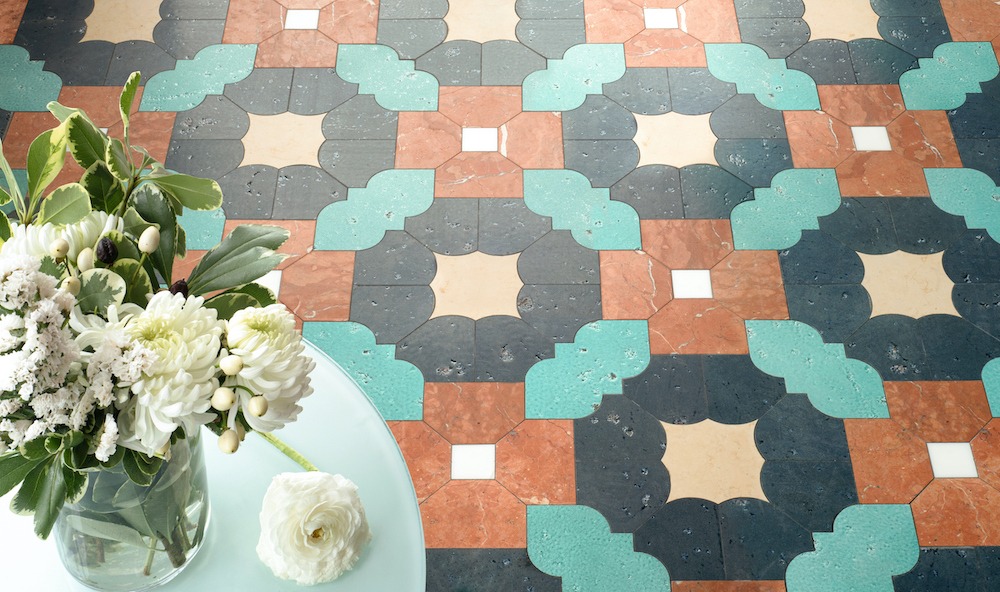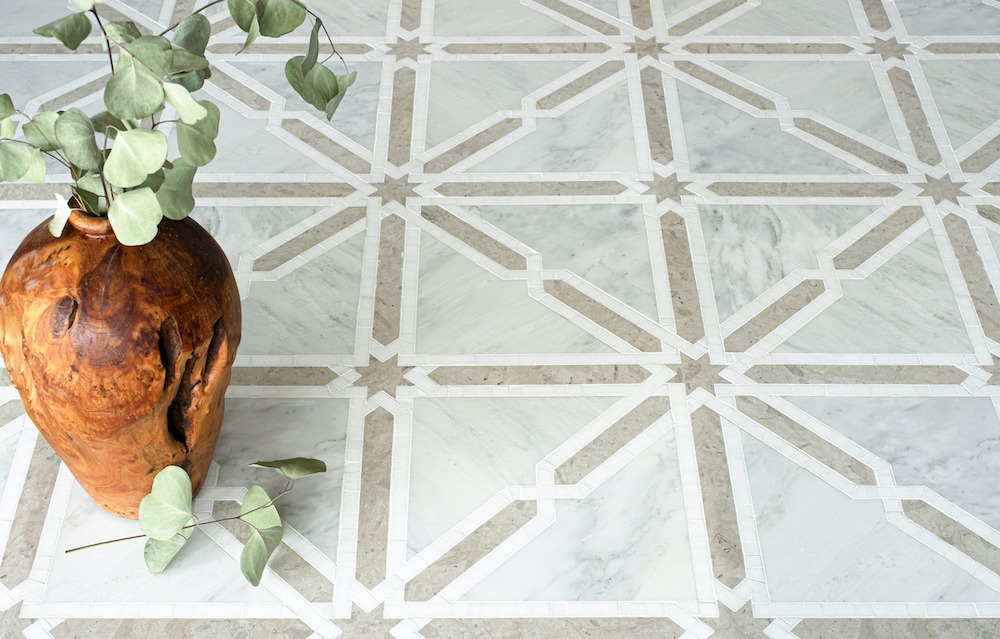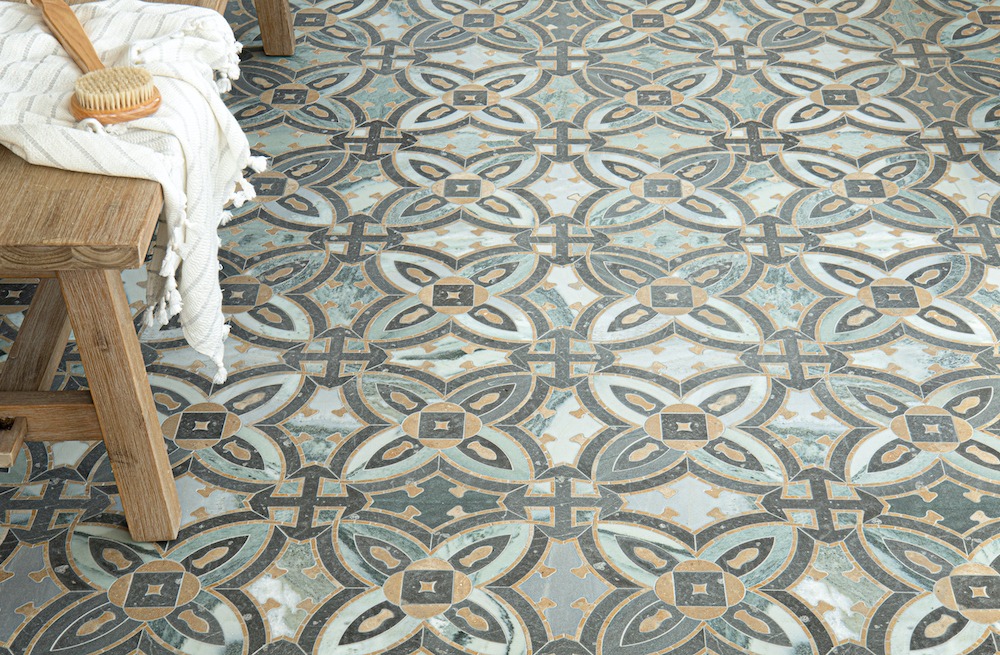To better understand art in the late ‘60s and early ‘70s, interior designer Paul Schatz studied urban design at Cal Poly Long Beach.
There, interior designers were considered interior architects, which opened new doors. “I had to do freehand and figure drawing,” he says.
And he was using both sides of his brain in the classroom.
“I graduated in 1971 with a degree in accounting too, which I thought was more solid – but I went to work for an interior designer,” he says. “Then I was at the La Costa Resort – and worked there until 1977, when I started my own firm.”
He was hired to develop an estate by someone he met while working at La Costa. The Rancho Santa Fe property owner asked Paul, ” If I give you the opportunity, will you work for me for a few years?”
He spent five years working with architects there – and with a generous budget. “He had the money to buy museum-quality furniture and art,” he says. “Since then I’ve worked on some pretty amazing properties across the U.S.”
Now he’s introducing his Counterpoint Collection with New Ravenna. Inspired by his travels in Turkey, Italy, Spain and Portugal, it recalls the classical designs to be found there.
“I’m looking at patterns developed in the 16th or 17th centuries, when designers had no ability to travel – but used their imaginations,” he says. “In Lisbon there’s a museum with different tiles from all the centuries.”
Manhattan, too, had its influence on the Counterpoint Collection – particularly the exteriors on the top floors of tall buildings, covered in tiles and mosaics. “So why wear a hat at the top of a building?” he asks. “Because that’s where the wealthy people live – and that’s why there are tiles and gargoyles up there.”
For this collection, Schatz selected three patterns from 16 in his own design library, then consulted New Ravenna creative director Cean Irminger about fabrication, marketing and price points. “They’re for people who see them as a good investment – like a fine painting,” he says.
Then came the name. “In music, counterpoint is like yin and yang – how opposites are connected – and it has the same meaning in art,” he says. “And it made sense as a word and could be used commercially – it’s not used on TV or eBay.”
Here, he’s using different elements to create rhythms – and geometries with diverse shapes. Stone is cut from 12-inch by 12-inch base materials, in a variety of forms. “They’re folding templates, numbered and laid out so you don’t see how they’re connected,” he says. “They’re sold by templates, not by the square foot.”
They’re meant for floors and walls in kitchens and baths – or flooring for an entry hall. “It depends on the architecture,” he says. “They could be for public spaces or exteriors.”
They may be made with 21st century, waterjet technology, but they recall the ancient and elegant qualities of Venice.
That’s probably because while he’s designing, Paul Schatz is still using both sides of his brain.
For more, go here.








